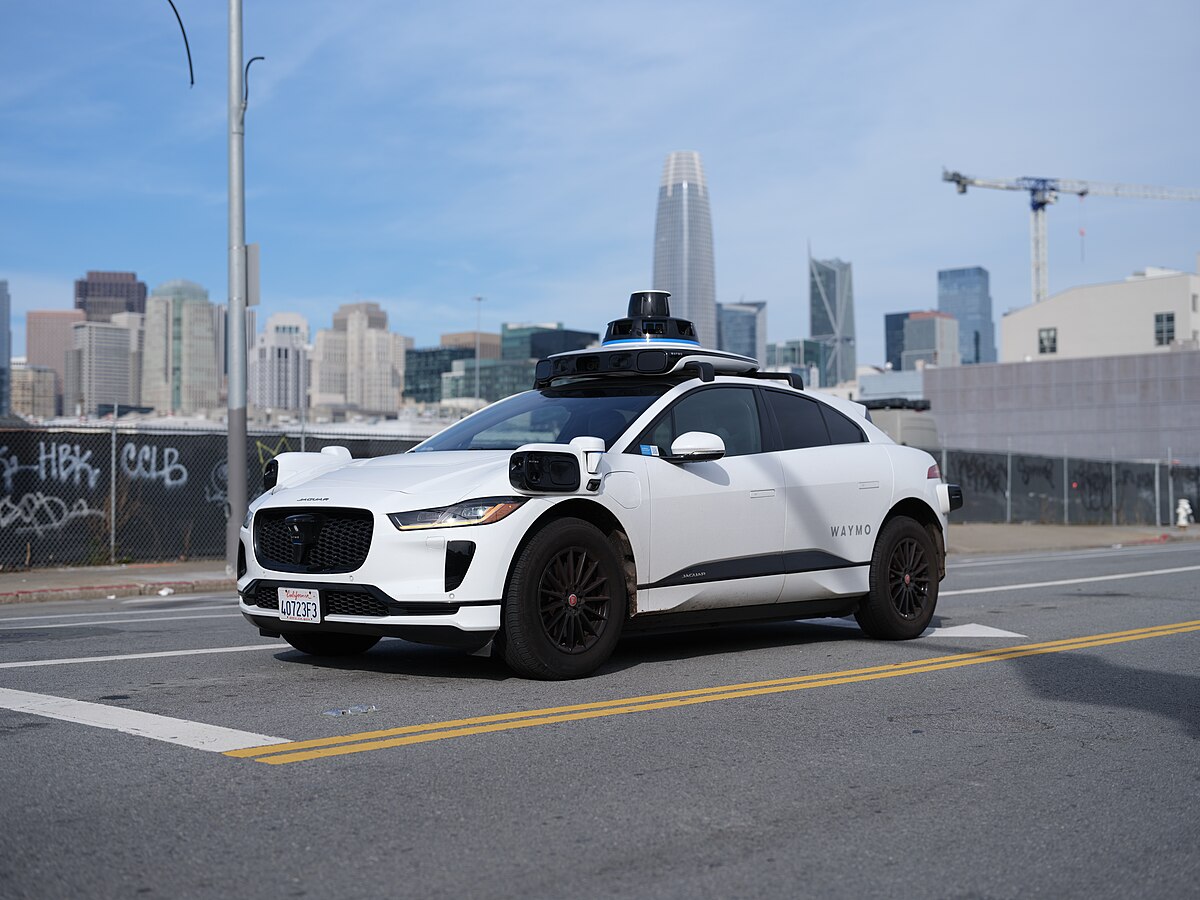
Ever wondered how self-driving cars zip around without a driver at the wheel? Well, you're not alone! These high-tech vehicles are more than just metal and motors; they're packed with fascinating facts that make them a hot topic for anyone curious about the future of transportation. From their ability to reduce traffic jams to their potential for making roads safer, self-driving cars are nothing short of a modern marvel. But how do they do it? Self-driving cars use a combination of sensors, cameras, and artificial intelligence to navigate the roads. Ready to get your mind blown by some of the coolest facts about these autonomous vehicles? Buckle up, because we're about to take a ride into the future of driving, where the cars do all the work and we just sit back and enjoy the journey.
Key Takeaways:
- Self-driving cars use advanced technology like LiDAR, cameras, and radar to navigate without human intervention, aiming to reduce accidents and improve traffic flow.
- Autonomous vehicles have the potential to transform urban landscapes, provide independence for the elderly and disabled, and decrease traffic congestion through communication and optimization.
What Are Self-Driving Cars?
Self-driving cars, also known as autonomous vehicles, use a combination of sensors, cameras, radar, and artificial intelligence (AI) to travel between destinations without human intervention. Their development aims to reduce traffic accidents, increase mobility for those unable to drive, and improve traffic flow.
How Do Self-Driving Cars See the Road?
-
Autonomous vehicles are equipped with advanced technologies like LiDAR (Light Detection and Ranging), which helps in creating a 3D map of the car's surroundings. This technology is crucial for detecting obstacles, even in challenging weather conditions.
-
Cameras installed in self-driving cars capture detailed images, allowing the vehicle to recognize traffic lights, read road signs, and track other vehicles and pedestrians.
-
Radar sensors monitor the position of nearby vehicles. These sensors are effective in detecting the speed and direction of other objects, which is vital for safe lane changes and maintaining a safe distance from other vehicles.
The Evolution of Self-Driving Cars
-
The concept of autonomous vehicles dates back to the 1920s, but significant advancements were not made until the late 20th century. In the 1980s, Carnegie Mellon University developed one of the first autonomous vehicles.
-
In 2004, the U.S. Department of Defense hosted the DARPA Grand Challenge to accelerate the development of autonomous vehicles. This competition played a pivotal role in spurring innovations in the field.
Safety Features of Autonomous Vehicles
-
Self-driving cars are designed to eliminate human errors, which are responsible for the majority of traffic accidents. Their systems are programmed to obey traffic laws and make decisions based on real-time road conditions.
-
Emergency braking systems in autonomous vehicles can react faster than a human driver, significantly reducing the risk of collisions.
-
Adaptive cruise control in these cars adjusts the vehicle's speed to maintain a safe distance from other cars on the road, enhancing overall road safety.
The Impact of Self-Driving Cars on Society
-
Autonomous vehicles have the potential to transform urban landscapes by reducing the need for parking spaces, as they can drop passengers off and park themselves in remote locations.
-
Self-driving cars could provide a new level of independence for elderly and disabled individuals who are unable to drive themselves.
-
The widespread adoption of autonomous vehicles could lead to a decrease in traffic congestion, as these cars can communicate with each other to optimize traffic flow.
Ethical Considerations and Challenges
-
One of the major challenges facing the deployment of self-driving cars is the ethical dilemma known as the "trolley problem." This involves decisions made by the car's AI in life-threatening situations, such as choosing between the lesser of two evils in an unavoidable accident.
-
Privacy concerns arise with the collection and sharing of data by autonomous vehicles. Ensuring the security of this data against hacking is a significant challenge.
The Future of Self-Driving Cars
-
Experts predict that fully autonomous vehicles could be common on roads within the next decade, drastically changing how we commute.
-
The integration of electric vehicles (EVs) with autonomous technology is seen as a key step towards achieving a sustainable transportation system.
-
Ongoing advancements in AI and machine learning are expected to continuously improve the safety, efficiency, and reliability of self-driving cars, making them an integral part of our future transportation landscape.
A Look Ahead: Self-Driving Cars
Self-driving cars aren't just a glimpse into the future; they're here, transforming roads and redefining transportation. With 16 fascinating facts under our belt, we've seen how these autonomous vehicles promise safer streets, more free time for passengers, and a significant reduction in traffic congestion. Sure, challenges like ethical dilemmas and technical hurdles are part of the journey. Yet, the progress in AI and machine learning is pushing boundaries, making self-driving cars more reliable and efficient every day. As we cruise into this new era, the impact on daily commutes, road safety, and urban planning is undeniable. Embracing this change means joining a movement towards a world where roads are less about stress and more about possibilities. Ready or not, the era of self-driving cars is paving the way for an exciting ride into the future.
Frequently Asked Questions
Was this page helpful?
Our commitment to delivering trustworthy and engaging content is at the heart of what we do. Each fact on our site is contributed by real users like you, bringing a wealth of diverse insights and information. To ensure the highest standards of accuracy and reliability, our dedicated editors meticulously review each submission. This process guarantees that the facts we share are not only fascinating but also credible. Trust in our commitment to quality and authenticity as you explore and learn with us.
